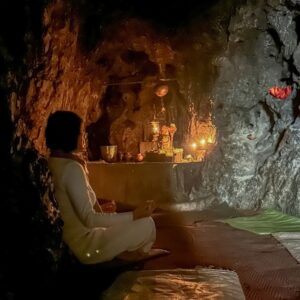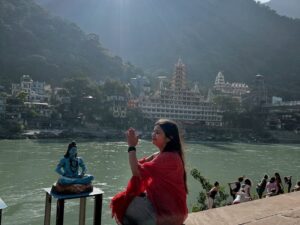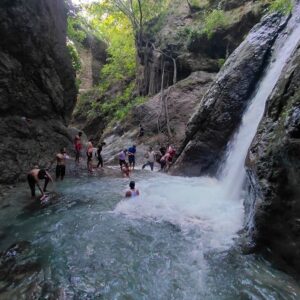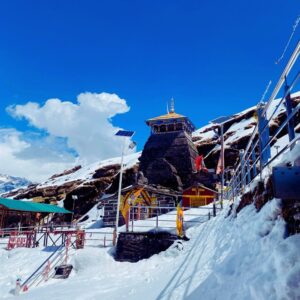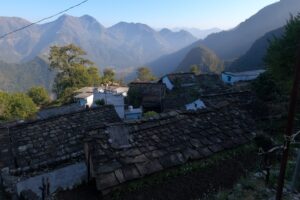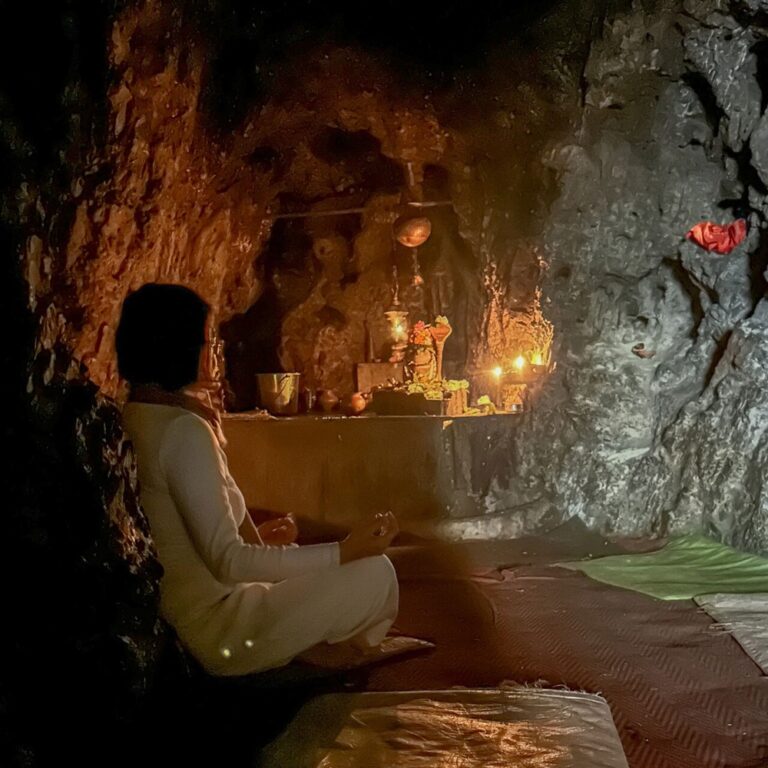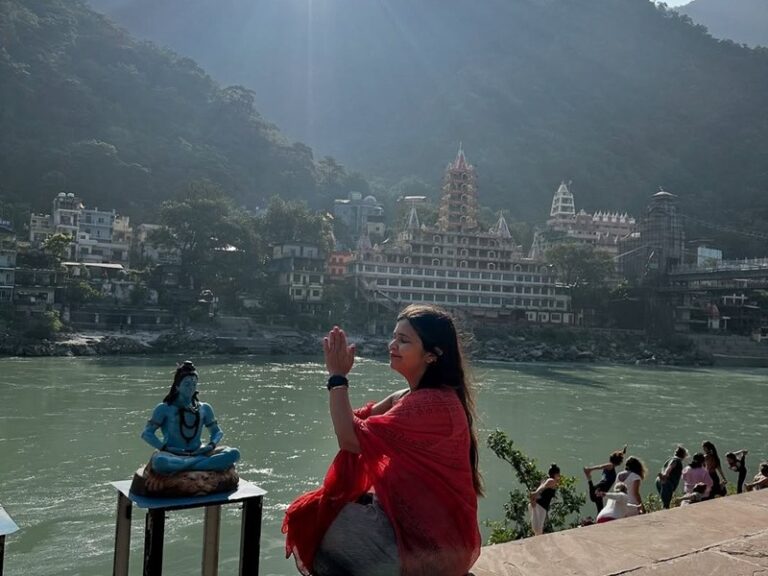Discover Badrinath Aarti Timings, Price and Booking Procedures
Here’s a breakdown of the Badrinath Aarti / Puja schedule and rates based on your timing preferences and budget. Each Puja offers a unique spiritual experience, and whether you want to attend an early morning ritual or a special evening Aarti, there are options for every devotee.
Early Morning Badrinath Aarti / Puja: 4:30 A.M to 6:30 A.M
Mahabhishek Badrinath Aarti Puja
-
- Timing: 4:30 A.M to 6:30 A.M
- No. of Persons Allowed: 1
- Rate: ₹ 4700
- Description: A sacred ritual involving the bathing of the deity with various offerings such as milk, honey, and water. It’s a revered experience for early risers.
Abhishek Badrinath Aarti Puja
-
- Timing: 4:30 A.M to 6:30 A.M
- No. of Persons Allowed: 1
- Rate: ₹ 4500
- Description: Similar to the Mahabhishek Puja, this ritual involves offering prayers and performing Abhishek (bathing ceremony) of the deity.
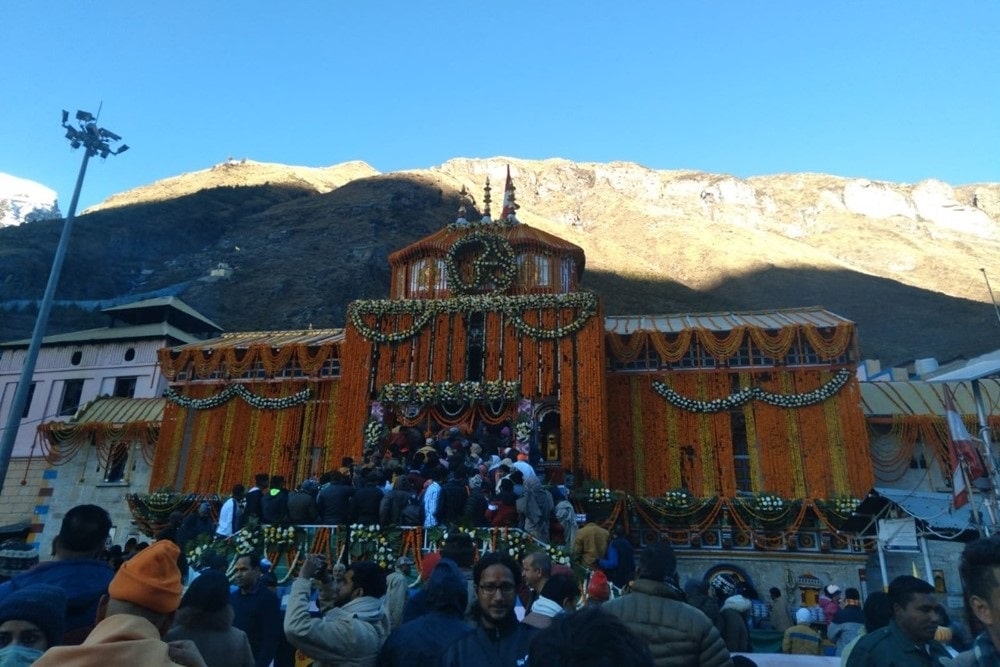
Special Badrinath Aarti Puja: 4:00 A.M to 8:00 P.M
Entire Pujas of the Day
-
- Timing: 4:00 A.M to 8:00 P.M
- No. of Persons Allowed: 1
- Rate: ₹ 12,000
- Description: This option allows you to participate in all the Pujas performed throughout the day for a more immersive spiritual experience.
Srimad Bhagwat Sapt Path
-
- Timing: 4:00 A.M to 8:00 P.M
- No. of Persons Allowed: 1
- Rate: ₹ 51,000
- Description: A seven-day recitation of the sacred Srimad Bhagwat scripture, this is an intense and rewarding spiritual experience for devotees.
Daytime Badrinath Aarti Puja:
7:30 A.M to 12:00 Noon & 3:00 P.M to 6:00 P.M
Ved Path
-
- Timing: 7:30 A.M to 12:00 Noon & 3:00 P.M to 6:00 P.M
- No. of Persons Allowed: 1
- Rate: ₹ 2500
- Description: Chanting of sacred Vedic hymns, offering a peaceful way to connect with the divine.
Geeta Path
-
- Timing: 7:30 A.M to 12:00 Noon & 3:00 P.M to 6:00 P.M
- No. of Persons Allowed: 1
- Rate: ₹ 2500
- Description: Recital of the Bhagavad Gita, reflecting on Lord Krishna’s teachings.
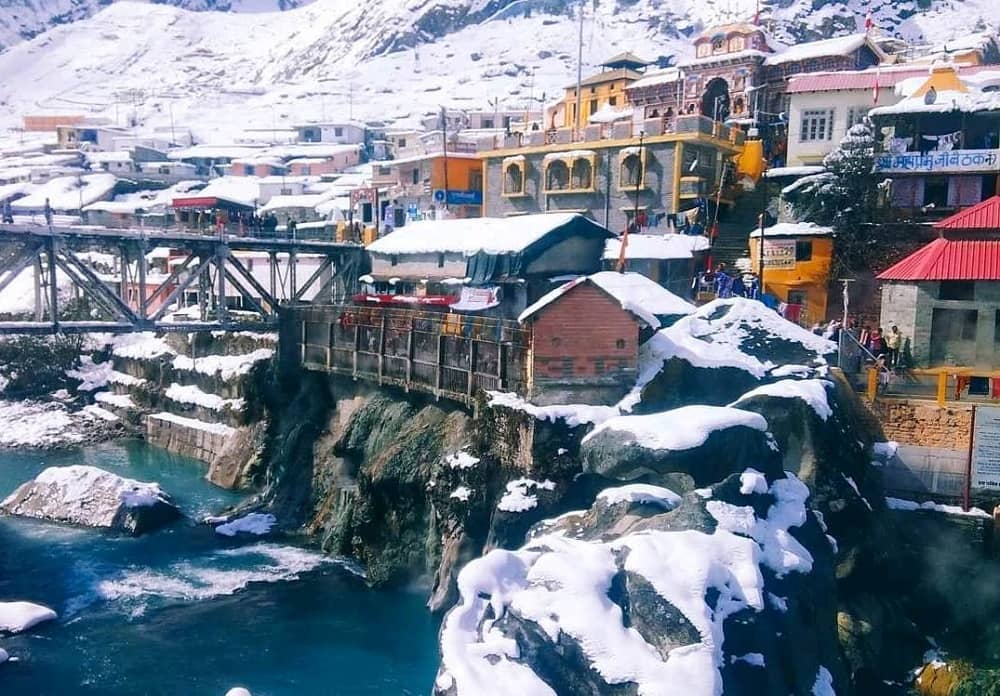
Evening Badrinath Aarti / Puja/ Path: 6:00 P.M to 7:45 P.M
Kapoor Aarti
-
- Timing: 6:00 P.M to 6:10 P.M
- No. of Persons Allowed: 1
- Rate: ₹ 201
- Description: A short and sweet Aarti performed using camphor (Kapoor), filling the temple with divine energy.
Chandi Aarti
-
- Timing: 6:15 P.M to 6:30 P.M
- No. of Persons Allowed: 1
- Rate: ₹ 401
- Description: A powerful Aarti performed to Goddess Chandi, a form of Durga.
Swaran Aarti
-
- Timing: 6:30 P.M to 6:45 P.M
- No. of Persons Allowed: 1
- Rate: ₹ 501
- Description: A golden opportunity to participate in this Aarti, known for its opulence.
Astotari Puja
-
- Timing: 6:45 P.M to 7:00 P.M
- No. of Persons Allowed: 1
- Rate: ₹ 401
- Description: A prayer offering of 108 names of the deity.
Vishnu Sahastranama Path
-
- Timing: 7:00 P.M to 7:20 P.M
- No. of Persons Allowed: 1
- Rate: ₹ 701
- Description: Recitation of 1,000 names of Lord Vishnu.
Vishnu Sahastranama Awali
-
- Timing: 7:20 P.M to 7:45 P.M
- No. of Persons Allowed: 1
- Rate: ₹ 601
- Description: An extended version of the Vishnu Sahasranama Path, adding more depth to the experience.
Temple Closing Puja/Path
Shayan Aarti with Geet Govind Path
-
- Timing: Uncertain (End of Day)
- No. of Persons Allowed: 1
- Rate: ₹ 3100
- Description: A calming Aarti to conclude the day, along with a musical recitation of the Geet Govind.
By planning your Pujas / Badrinath Aarti based on these timings and offerings, you can tailor your temple visit to align with your spiritual aspirations. Whether you’re seeking early morning blessings or prefer to soak in the evening Aartis, these options ensure a fulfilling experience.
Suggested Read: Valley of Flowers Trek Distance & Best Time to Visit

Badrinath Story
Badrinath, one of the holiest Hindu shrines, is a spiritual center dedicated to Lord Vishnu, located in the Chamoli district of Uttarakhand, northern India. Its religious significance is deeply rooted in Hindu mythology, and it holds a special place for devotees across the world.
Mythological Origins
According to Hindu mythology, Lord Vishnu meditated in the area for thousands of years in the form of a berry tree, which is known as “Badri” in Hindi. The area came to be called Badri-Vishal as a result. One of the famous stories from Hindu mythology tells how the gods and demons approached Lord Vishnu for assistance in churning the ocean to obtain the elixir of immortality.
Vishnu agreed but asked for the first drop from the churning. Unfortunately, the first drop was poison, and Lord Vishnu consumed it to save the world from destruction. To rid himself of the poison’s effects, Vishnu retreated to the mountains near Badrinath, where he performed intense meditation and austerities.
The History of Badrinath Temple
- The Badrinath Temple’s origins are as captivating as its myths. It is said that Lord Vishnu, in the form of Lord Badrinath, chose this sacred spot as his eternal abode to bless his devotees.
- Another popular belief is that his consort, Goddess Lakshmi, took the form of a berry tree to protect him from the region’s harsh climate, giving the area its name.
- The current temple structure is believed to have been established in the 8th century AD by the revered Hindu saint and philosopher Adi Shankaracharya.
- Over the centuries, it has seen various renovations and expansions, evolving into the grand pilgrimage center it is today.
- The temple is open from April to November, during which thousands of devotees make the trek to offer their prayers. For the rest of the year, the harsh mountain weather makes it impossible to reach the temple, and the idol of Lord Vishnu is moved to nearby Joshimath for worship during the winter months.
Cultural and Spiritual Significance
- Badrinath is a symbol of devotion and spirituality. Its location amidst the towering Himalayas gives it a serene and divine aura that has drawn pilgrims for generations.
- The town is part of the Char Dham Yatra, one of the most important pilgrimage circuits in Hinduism, alongside Kedarnath, Gangotri, and Yamunotri.
Lord Shiva’s Presence at Badrinath
- Although primarily dedicated to Lord Vishnu, Badrinath also has a significant connection to Lord Shiva. Legends say that the two deities share a close friendship, and Shiva is said to have accompanied Vishnu during his meditation here.
- In fact, one of the main attractions near the temple is the Tapta Kund, a natural hot spring believed to be the manifestation of Lord Shiva. Pilgrims consider bathing in the Tapta Kund an essential part of the pilgrimage, as it is thought to cleanse the body and soul.
- Thus, while Badrinath is a prominent shrine of Vishnu, the dual presence of Lord Shiva adds another layer of spiritual significance, making this temple a powerful symbol of devotion for Hindus worldwide.
Badrinath Aarti Badrinath Aarti Badrinath Aarti Badrinath Aarti Badrinath Aarti Badrinath Aarti Badrinath Aarti


